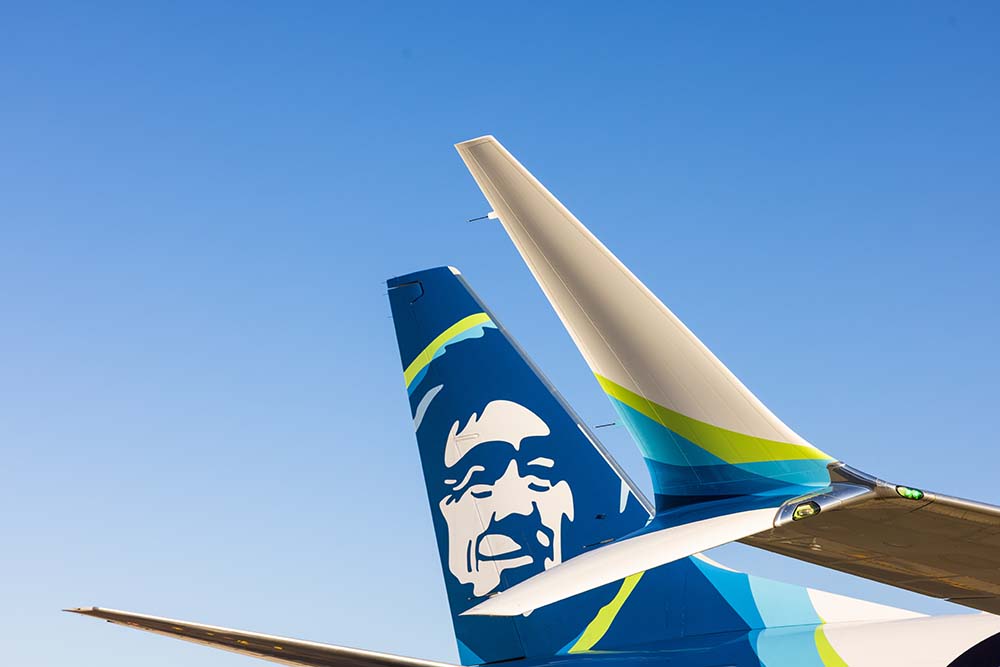Earth Month: 5 ways you can join Alaska Airlines in caring for the planet
Share
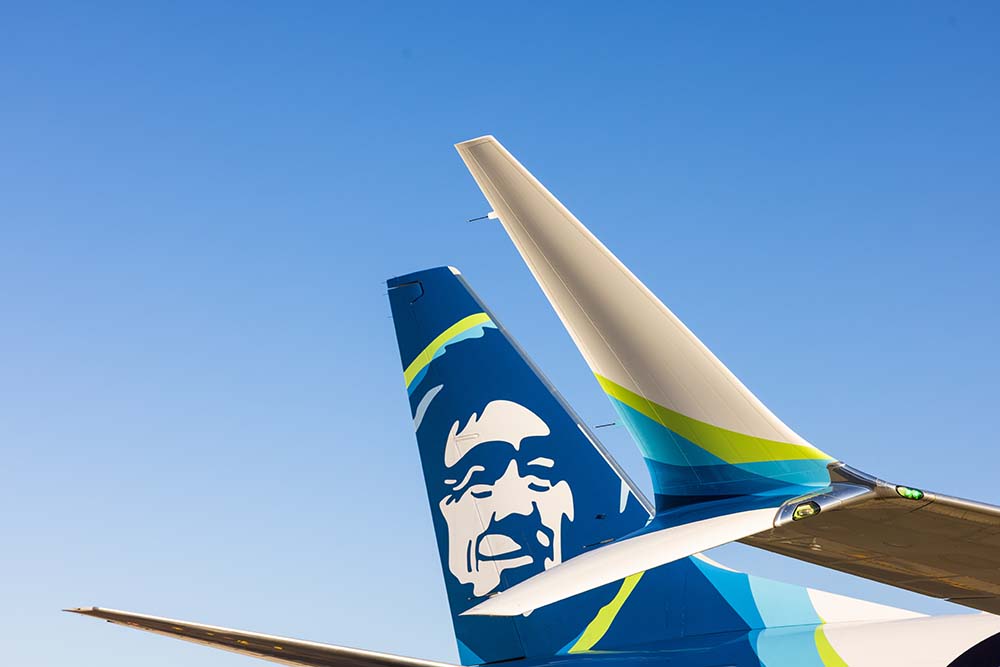
At Alaska, we make conscious choices every day to reduce the impact of our operations in big ways—like purchasing the most fuel-efficient aircraft and using sustainable aviation fuels – and seemingly little ones like composting coffee grounds onboard and using locally made food and beverages. Every action has an impact. We are also here to help our guests find ways to be a conscious traveler and lighten their carbon footprint.
Caring for the planet shouldn’t just be top of mind during Earth Month, it should show up in all parts of our lives. Reducing your footprint may seem like a vague or overwhelming task. But you can start by choosing one thing and doing it well.
Here are five ways we’re making progress, and how you can join us:
1. BE MINDFUL AT HOME AND WHEN YOU TRAVEL
Whether you’re traveling or venturing out in your local community, consider how small steps add up to big outcomes for the natural world around us.
In Seattle, take the light rail to and from the airport, or to the Seattle Center to watch a Kraken game, where our partners at the Climate Pledge Arena are delivering lofty standards for large venues and sustainability. We’re proud to be part of the most sustainable arena in the world and to have signed The Climate Pledge to reach net zero carbon emissions by 2040.
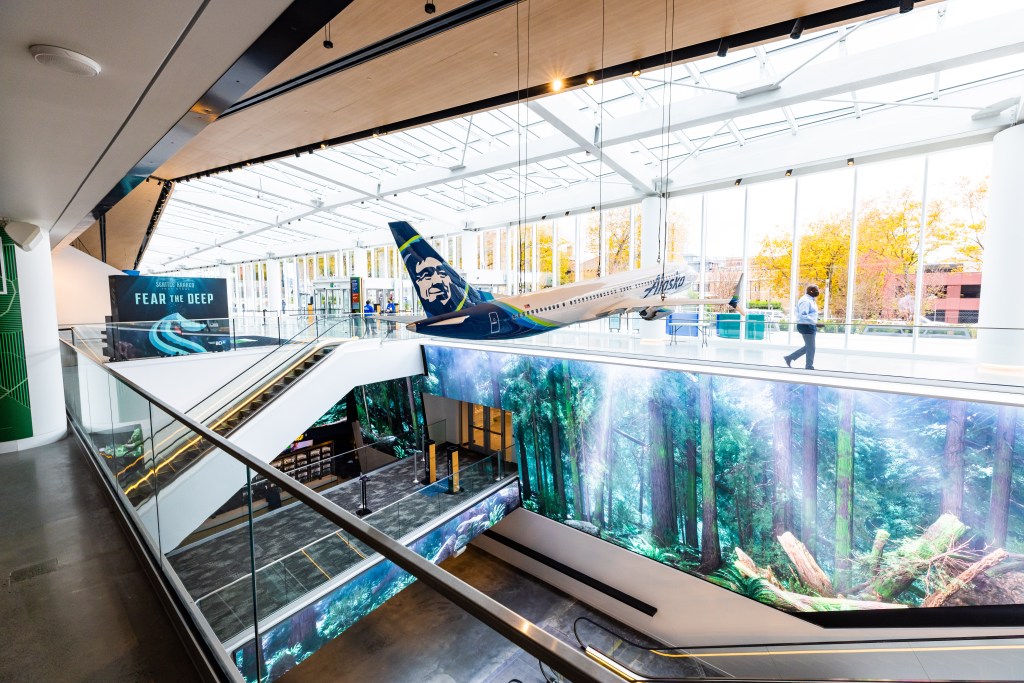
If you’re planning to travel to Hawaii, practice malama – which means to take care – by giving back to the community through volunteer activities with our partners at Travel2Change. The possibilities are endless — from planting native trees to cleaning up historical sites or beaches or learning more about native Hawaiian language and culture.
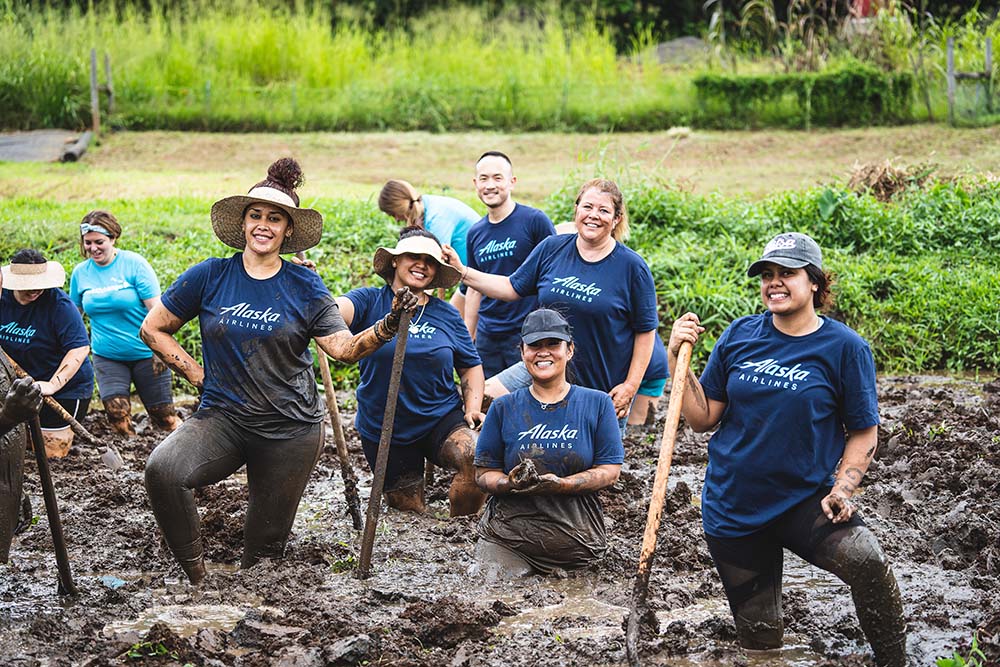
By giving back to the places you live and fly, you’ll get a truer sense of place and walk away with deeper, more meaningful connections from your travel experience. And isn’t that what travel is all about?
2. DITCH PLASTIC FOR GOOD
Did you know only 9% of plastic gets recycled nationwide? The rest usually ends up in landfills, is burned or finds its way into our oceans. Our West Coast Wonders aircraft, adorned with marine life and named by our employee-driven “Green Team,” serves as a constant reminder of why we do this work to reduce our climate impact through carbon, waste and water.
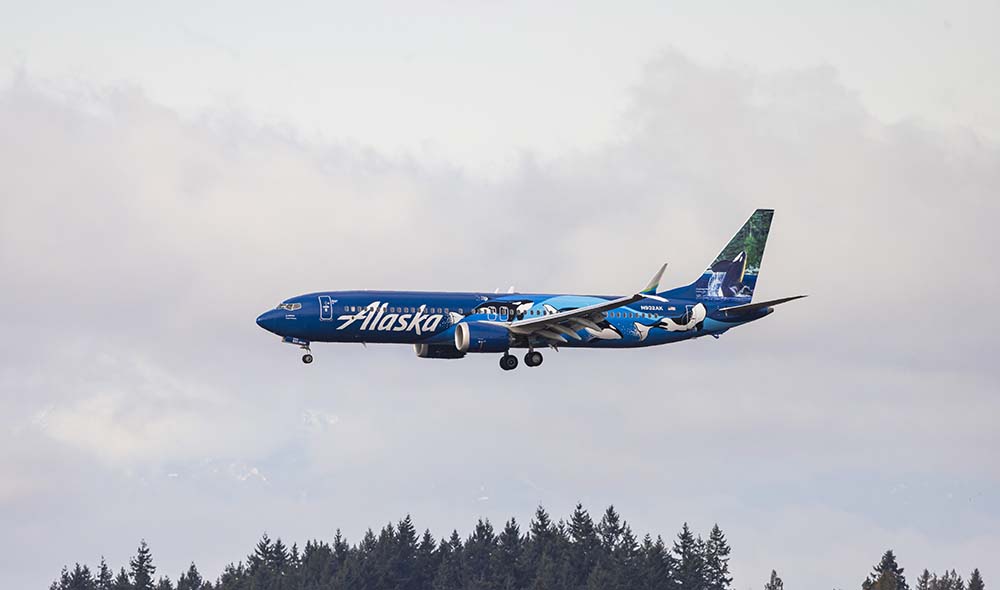
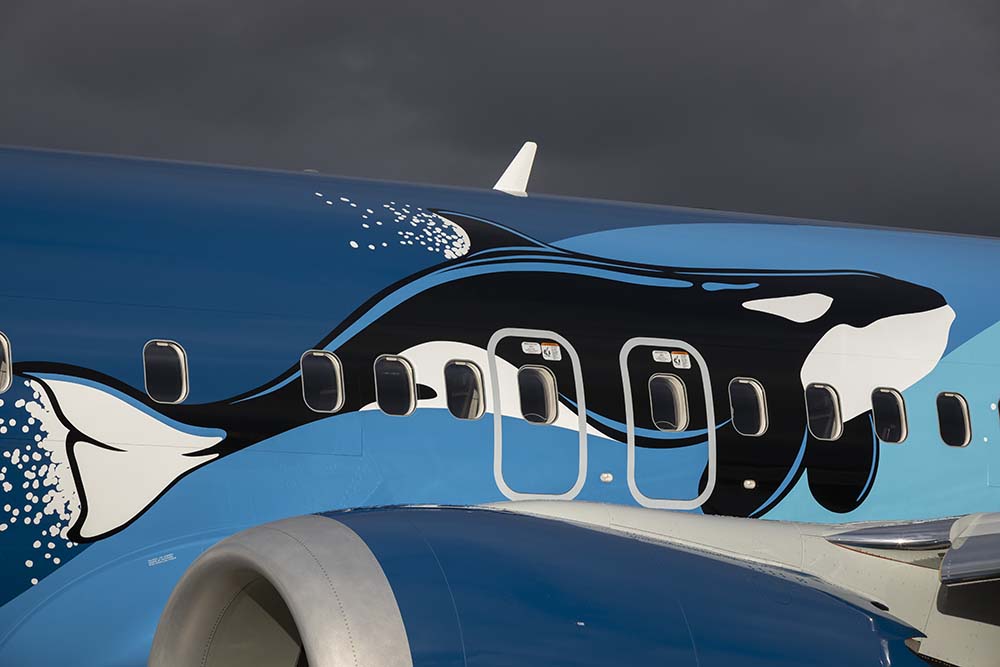
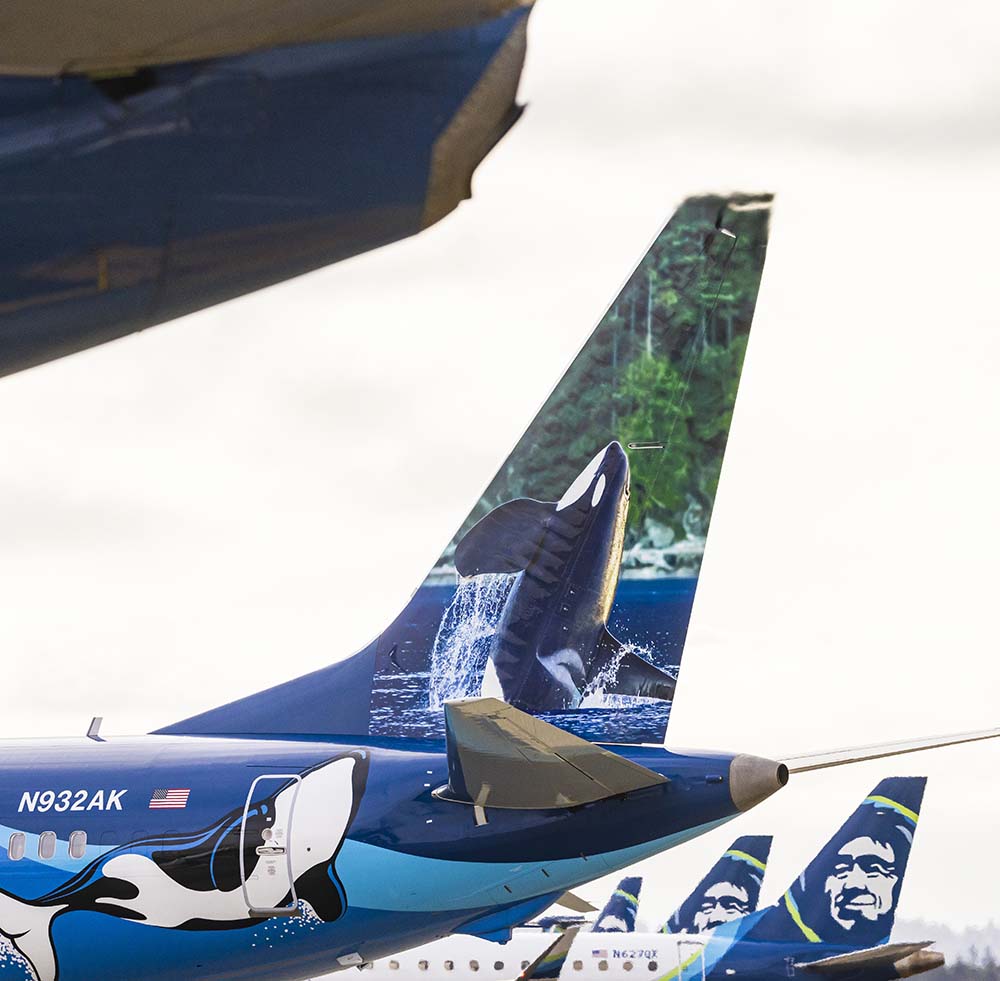
While we are proud of our industry-leading recycling program, we know we need to move to more renewable options and replace plastic entirely to protect our planet for the long-haul First, we challenge you to ditch the straw—like we did in 2018. That year, we were the first major U.S. airline to replace plastic straws and citrus picks with marine-friendly alternatives on our aircraft. The effort, made possible with the help of environmental nonprofit Lonely Whale, eliminated 22 million pieces of inflight plastic waste every year since.
Last fall, we tackled our top two waste-producing onboard products: switching from plastic water bottles to pouring Boxed Water on our flights, and from plastic water cups to recyclable paper ones for water service. These steps eliminated nearly 1.8 million pounds of single-use plastics from our flights each year.
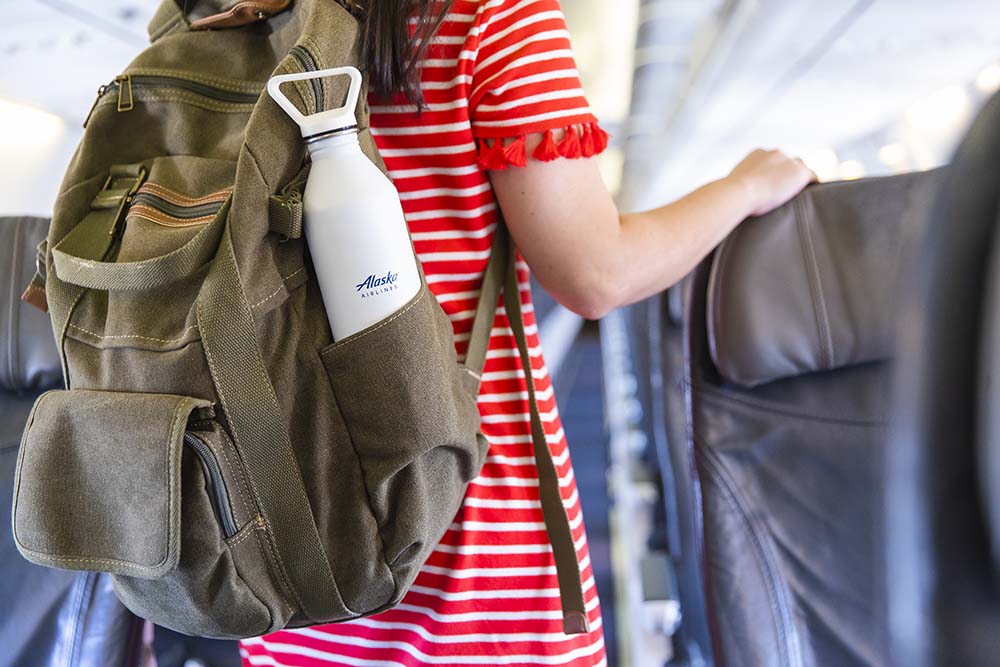
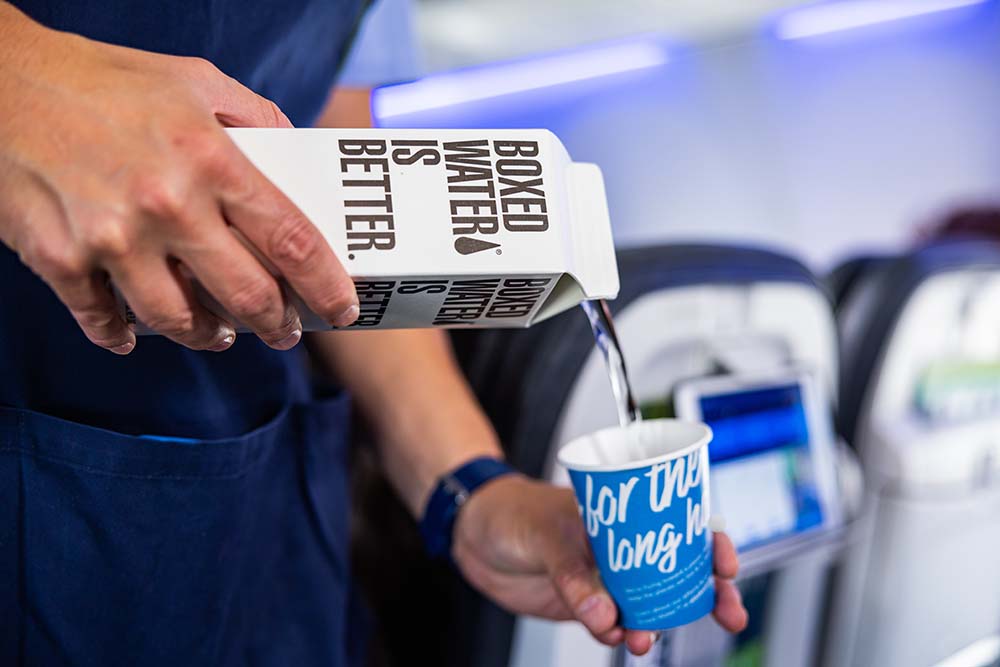
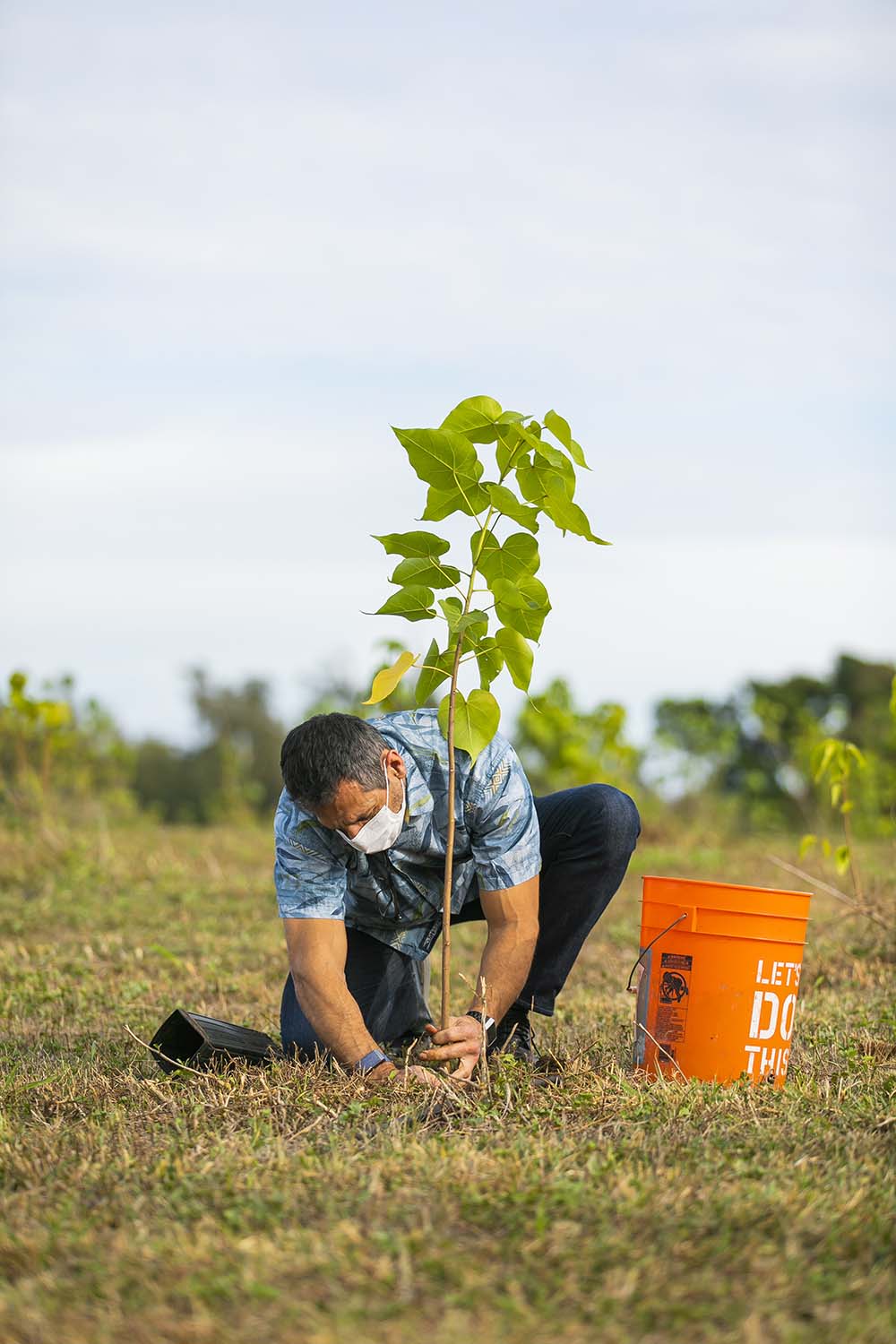
Even better, pledge with us to #fillbeforeyoufly – bring your own disposable water bottle on your travels, keep it empty through security and fill er’ up at a water bottle filling station in the airport before you board your flight. Tag a photo of your refillable with #fillbeforeyoufly on social, and we will plant two trees in your honor through the Bonneville Environmental Foundation—whose goal is to plant 1 million trees on the West Coast to help reduce pollution and restore habitats for local fish and wildlife.
3. OFFSET YOUR FLIGHT
We are on a journey to reduce the carbon impact of our operations. But aviation is one of the hardest areas to decarbonize. Thankfully, offset programs like The Good Traveler can help us balance our footprint in the near-term.
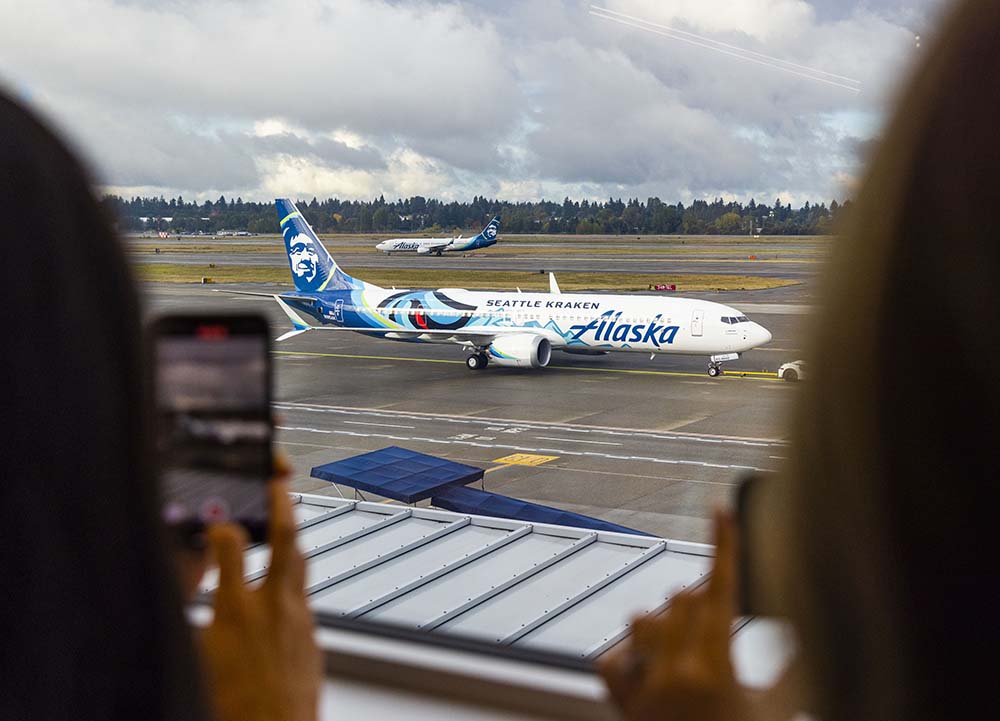
The Good Traveler lets you offset the carbon emissions from your trip by investing in an offset project around one of the participating local airports. We joined this program because of the projects it enables, grounded they are in the places we live and fly. Together through The Good Traveler, travelers have helped offset over 112,000 metric tons of CO2.
4. GO PAPERLESS AND REDUCE WASTE
We’re no stranger when it comes to investing in tech. We pioneered the use of RNP, a navigation technology that decreases emissions, improves safety and even gets you to your destination faster. This past year, we were also the first airline to implement new software called Flyways to support our efficiency-minded dispatchers in planning the most efficient routes to save time and carbon emissions.
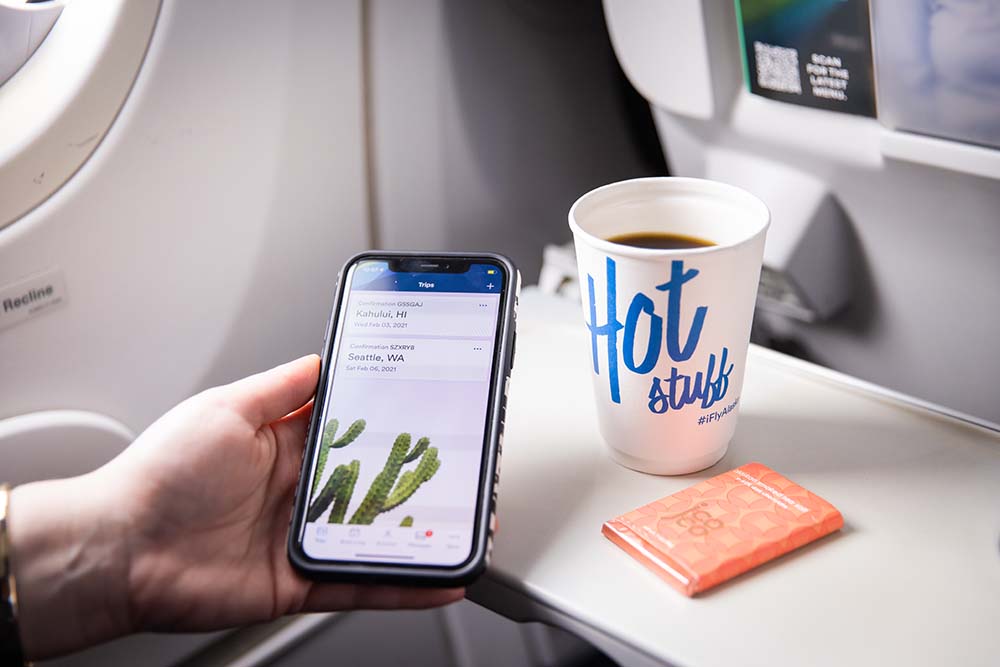
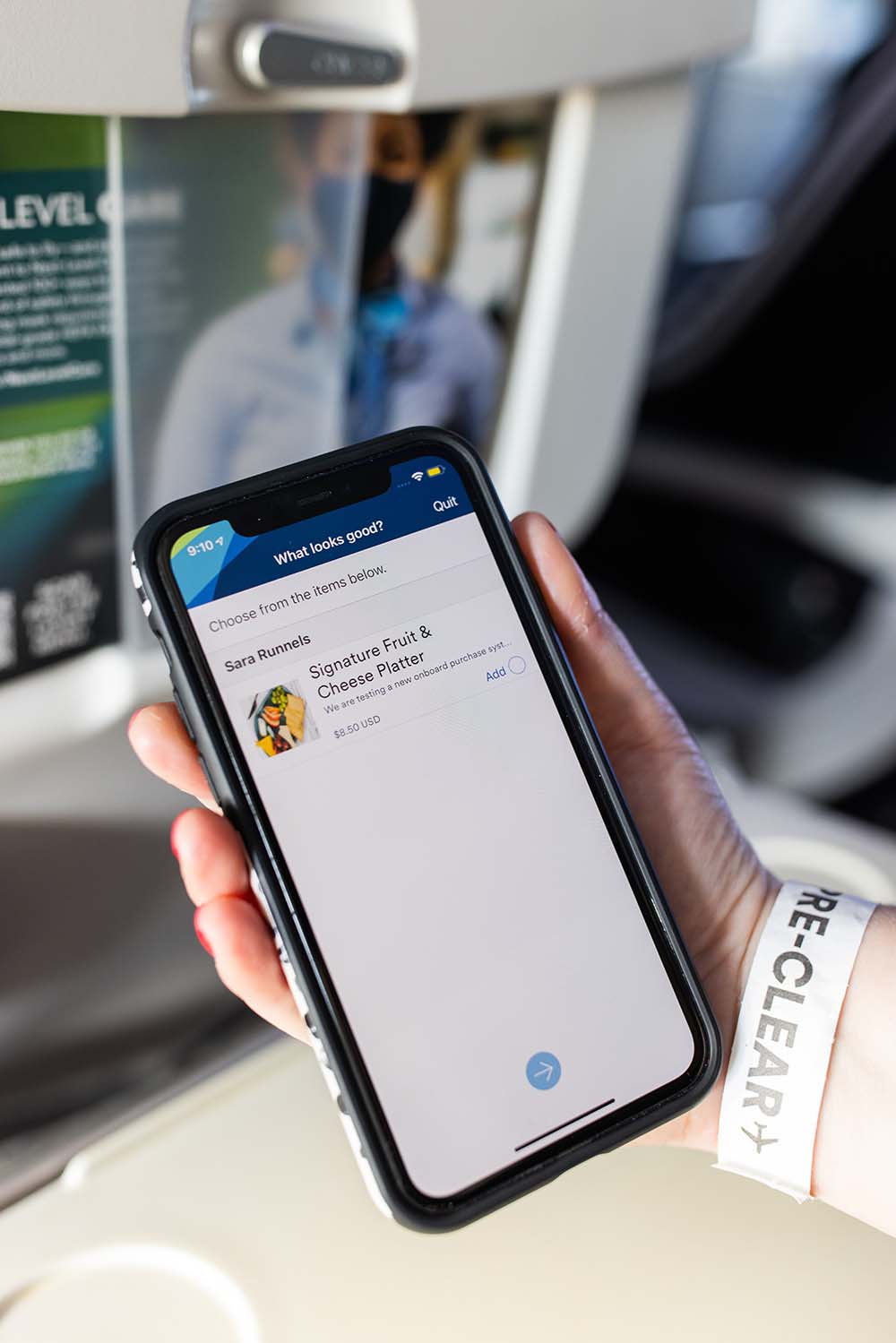
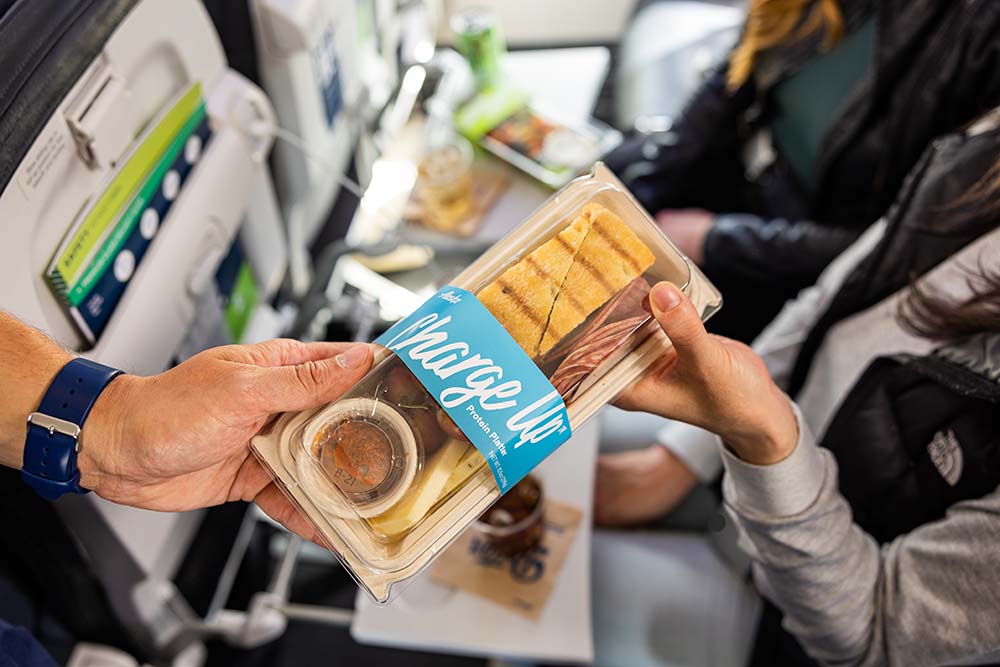
But some aviation tech is in the palm of your hand. With the Alaska’s mobile app, you can check-in for your flight and get your boarding pass all on our app, eliminating the need to print paper boarding passes. You can also pre-order your favorite meal or snack you wish to enjoy onboard, which helps us predict catering demand and eliminate food waste.
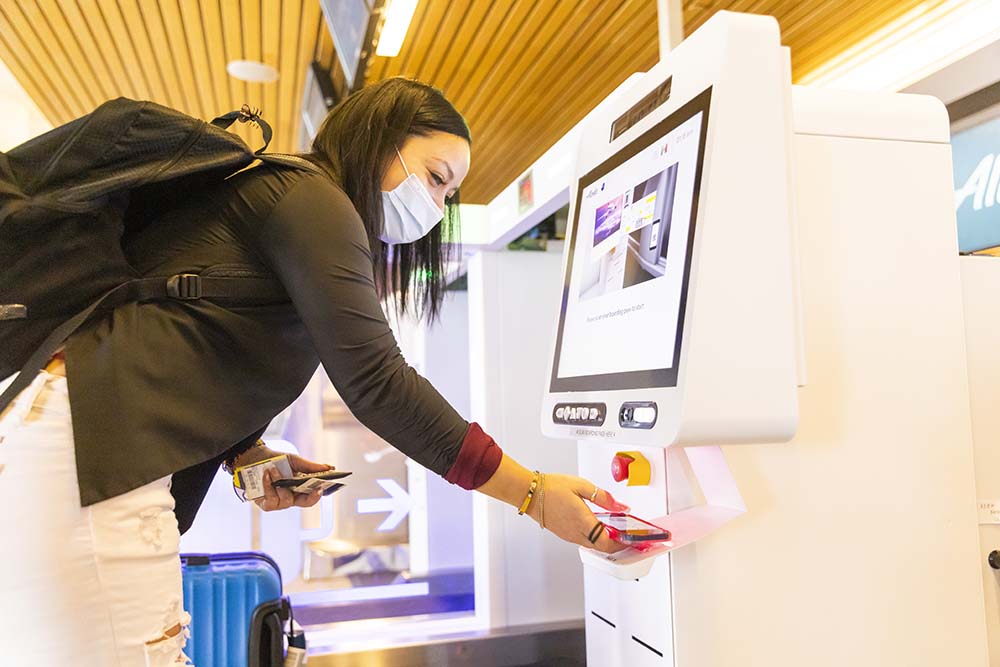
5. JOIN US ON THE JOURNEY TO NET ZERO
Last year, we announced our five-part path to net zero carbon emissions by 2040. This path includes operating as efficiently as possible including through use of the technologies mentioned above and using more electric vehicles at our airports.
It also includes bringing up to 145 efficient Boeing 737 MAX aircraft into our fleet, each of which is 22% more fuel-efficient than the aircraft they replace. But the biggest change in our carbon footprint will come from using Sustainable Aviation Fuel or SAF.
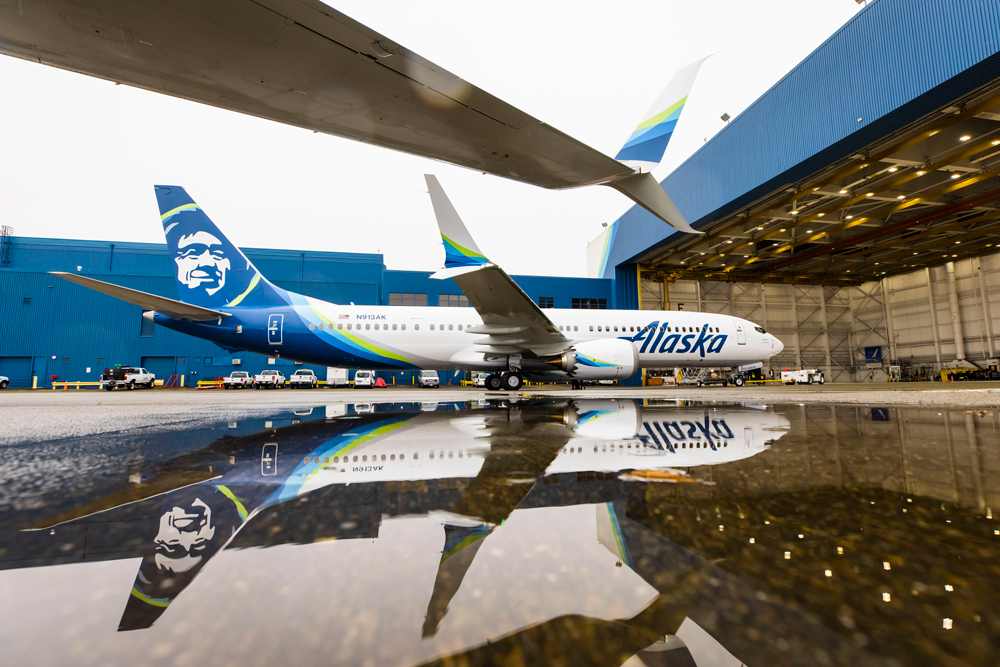
We’re proud to use SAF today from Neste, to work with SkyNRG Americas to advance production capability in the Pacific Northwest, and look forward to using more SAF, alongside airline partners in the oneworld alliance, through new offtake agreements with producers Aemetis and Gevo. And we’re glad to be in good global company: oneworld has a shared commitment to achieve net zero, and to use 10% SAF by 2030.

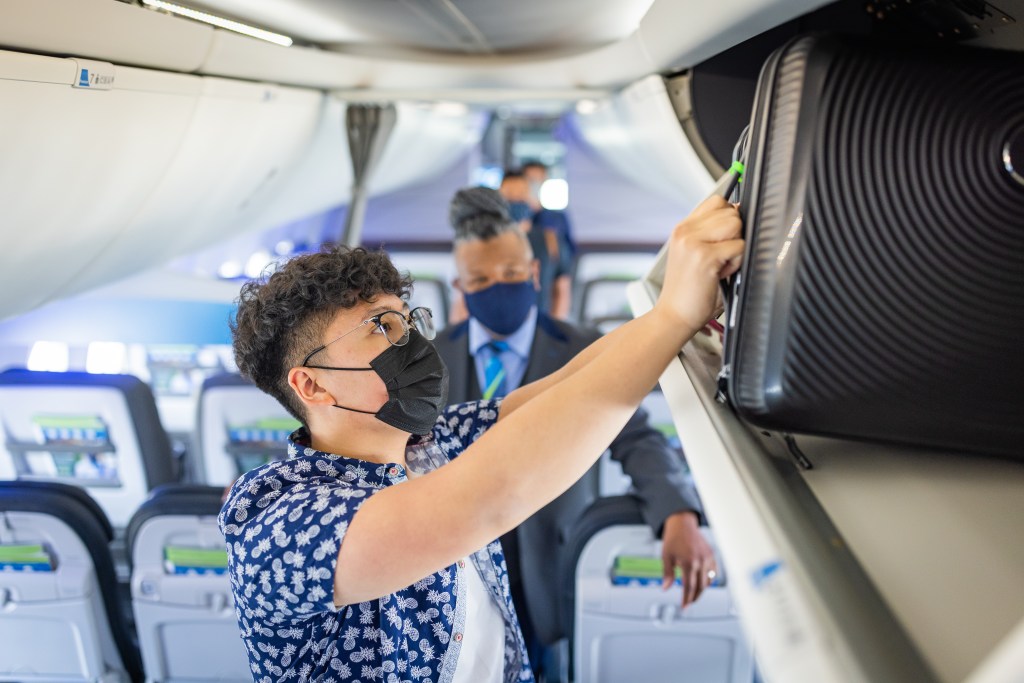
What can you do? Packing lighter for your trip helps us burn less fuel overall; each pound makes a difference to our CO2 emissions. If each guest packed 5lbs lighter, it would decrease our CO2 emissions by 11,800 metric tons each year. So, next time you go maybe ask yourself do you really need those extra shoes?
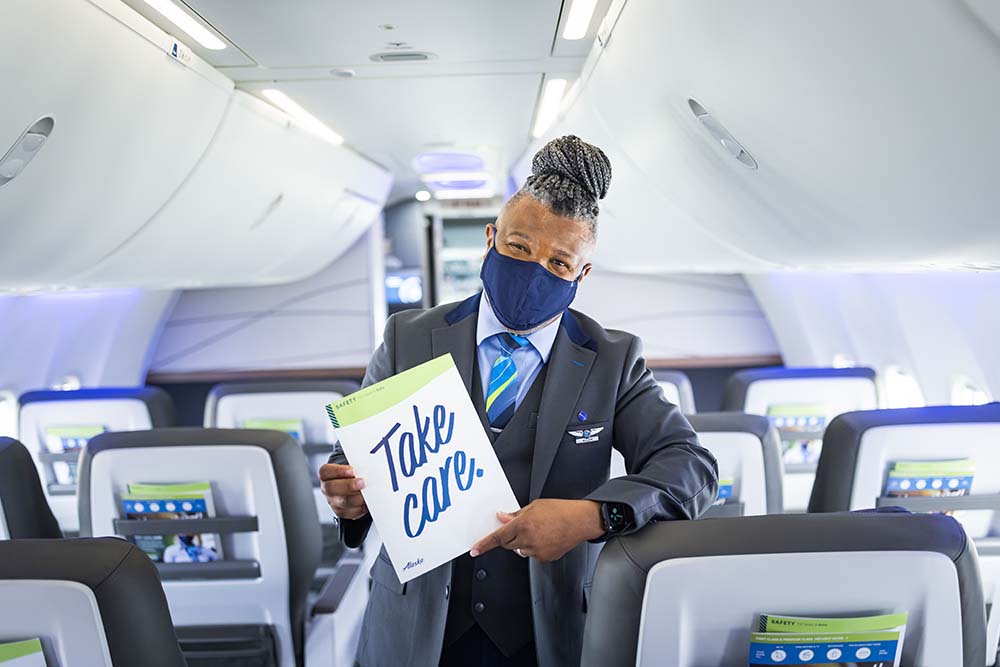
Making progress in sustainability requires action, innovation, accountability, and transparency. In 2021, underscoring the importance of our social and environmental sustainability goals, we made a portion of our all-employee performance-based bonus pay dependent on progress in our carbon intensity, and a portion of long-term executive compensation dependent on improving racially diverse representation in leadership. In our upcoming annual sustainability report, we’ll share more about our progress and stories from our journey.
Thank you for joining us on the path to a sustainable future for aviation and places around the world.

